
People who don’t know me look with unabashed incredulity when, in answer to their question, ‘Where are you from?’ referring of course to my accent which I like to consider ‘mid-Atlantic’ to borrow Mark Twain’s description, I tell them that after 32 years in the U.S I have decided to move back to England. Their eyes tend to pop out of their sockets even more when I mention that for most of those years I lived in California, for the last 14 years within 5 minutes walk of the Pacific Ocean.
But for those I know better, or wish to, I explain that in England I find connections which make me feel part of the country, part of the landscape, and townscape.
Take today for example.
It all started off a couple of weeks ago when I saw a flier entitled Literary Calderdale, listing books about and by local authors. I decided that borrowing some of these from the library might make an interesting project, so I began to read Millstone Grit, written in 1975, by a local lad, Glyn Hughes. Todmorden, Sowerby Bridge, Millbank, Hebden Bridge, all places that I am now familiar with and frequent weekly feature prominently. Hughes makes reference to a ‘character’ by the name of Billy Holt, who, with his pony, Trigger travelled extensively in Europe. He wrote about this travels and there were photos of Billy lying under Trigger, reading a book! Three days later I discovered that Billy Holt lived at Hawdon Hall, just above Hardcastle Crags, a place that one of my ancestors had lived in. In April I’d been invited to visit the place because the music director of the Little Theater choir, of which I am now the accompanist, lives there with Freda, a writer of note, having worked for many years on How We Used to Live, and wrote scripts for a long running local series, Heartbeat. When I mentioned to Freda that I was reading the Glyn Hughes book she asked me if I knew of Billy Holt, and within a matter of days his autobiography appeared as a birthday present. I’ve only read part of it, nothing relating to Hawdon Hall yet, but I have found a passage in which he visits his grandparents at 10 Der Street, Todmorden. Now, I have ancestors who lived at 9 Back Der Street and a couple of weeks ago I went to take photos of their house!
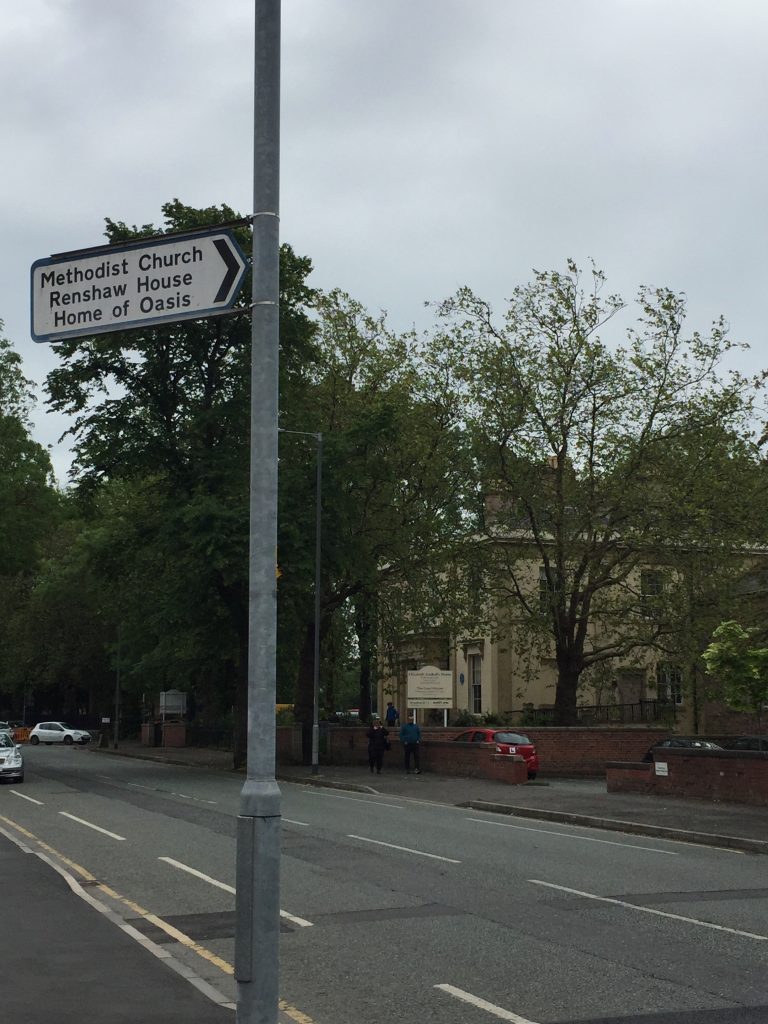
Back to Glyn Hughes’s Millstone Grit. He quotes a passage from Elizabeth Gaskell’s book, Mary Barton. I’ve had a copy of Elizabeth Gaskell’s book about the Life of Charlotte Bronte for a while but I just couldn’t get into it. It’s still on my bookshelf. But last year I had discovered that Gaskell’s house in Manchester has been restored and in 2014 it reopened, decorated as much as possible as it would have been when Elizabeth lived there, 1848-1865. Charlotte Bronte visited her there several times, and so it had been on my list of what to do on a rainy day. Today was the day! I found that her home was close to the Manchester Museum where I’d been to visit Samuel Gibson’s fossil and flora collection and so I thought I’d pop in there for a coffee b before heading off to the Gaskell house. As I entered the museum I thought I’d gate crashed a children’s party. The noise of lots of school children echoed through the halls – for this is half tear. The place was packed with babies, push chairs, toddlers, grandparents. The rooms containing the animals exhibits were packed. Over children were holding clipboards and doing treasure hunts. A room housing an exhibition about the Amritsar Massacre, however, was peaceful in decibels, but heart-wrenching in content, but since I’ve been to Amritsar I thought I’d take a look. Gandhi’s teaching of non-violence brought back memories my mum seeing him at Bolton railway station, and his teaching of Satyagraha had me seeing visions of Philip Glass’s opera of the same name.

https://www.theboltonnews.co.uk/news/6235999.the-day-gandhi-came-to-town/
India’s leader Mahatma Gandhi was on a secret visit to the North-west and the nervous young journalist was dispatched to Bolton’s Trinity Street railway station with orders from his editor to interview The Great Man.
It was September 25, 1931, and years later, Frank Singleton recalled his late-night rendezvous with The Father of India on the deserted, rain-soaked platform.
Earlier, he “bribed” the station porter with the currency of the day – a cigarette – to determine the timetable for a visit surrounded by the utmost security, given Gandhi’s continuing conflict with the British Government over independence for his homeland.
The train arrived at a desolate, windswept station right on time and Singleton, writing in the Bolton Evening News in 1961, described how, as he stood alone in anticipation, he “beheld history in the making”.
“Gandhi, from his corner window seat, blinked at me through his iron-rimmed spectacles and smiled. My excitement mounted when he turned down the window. This, of course, was the moment that was to be vital in my career – whatever it was in his.
“‘Sir’, I said resolutely, notebook at the ready, pencil poised, heart beating . . . ‘have you any message for the people of Bolton?”‘
As the train slowly chugged away, with Singleton in pursuit, Gandhi leaned out of the window, smiled, blinked again and, through a cloud of choking black smoke, replied: “No.” Singleton’s “brief encounter” at Trinity Street station nearly 75 years ago was the prelude to Gandhi’s very secretive arrival in the nearby village of Edgworth, where he met northern mill owners at the Victorian mansion Greenthorne, off Broadhead Road, the home of Miss Annie Barlow.
Miss Barlow was a member of the philanthropic Barlow family whose head, her older brother, Sir Thomas Barlow, was physician to Queen Victoria, and was one of the siblings responsible for establishing the present Barlow Memorial Institute in the village. My mum and dad held their wedding reception in the Barlow’s institute and I’ve been there with my own daughters over the last few years.
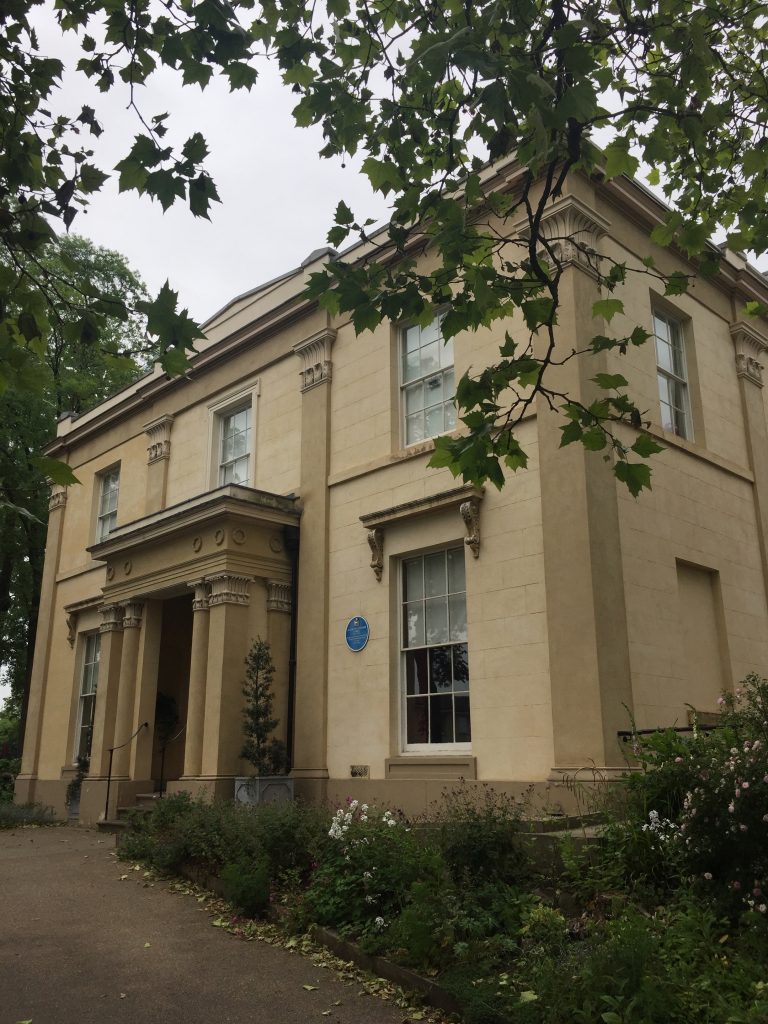
Then on to Elizabeth Gaskell’s house. It’s an imposing place and when she and her minister husband rented it it took half his salary. Here she entertained Dickens, Charlotte Bronte, John Ruskin, Harriet Beecher Stowe (whose home I’ve been to in Massachusetts). I sat at the table in the dining room where she wrote. Actually Mary Barton was written two years before she moved here, but I purchased a copy so that I can scrawl all over it and return my current copy to the library. I have to say that I found the docents some of the most knowledgeable and approachable volunteers that I’ve ever encountered in such a place. I spent well over two hours there and was even allowed to play the piano. It is a John Broadwood salon grand. When the last of Elizabeth’s children died there in 1913 much of the furniture was put up for auction, the piano being included. Apparently the current piano is on ‘permanent loan.’ I left my card with one of the docents who is going to find out if there is a record of the serial number of the piano at the auction. I have visions of the story of ‘Mr Langshaw’s Square Piano,’ a non-fiction book I reviewed for the state magazine of the Music Teachers’ Association of California, in which a square piano, which had been turned into a chicken coop was purchased in Preston, Lancashire, and when the author eventually traced the serial number it turned out that the piano had belonged to non other than Charles Wesley, composer of hymns and brother to Methodist founder Charles Wesley.
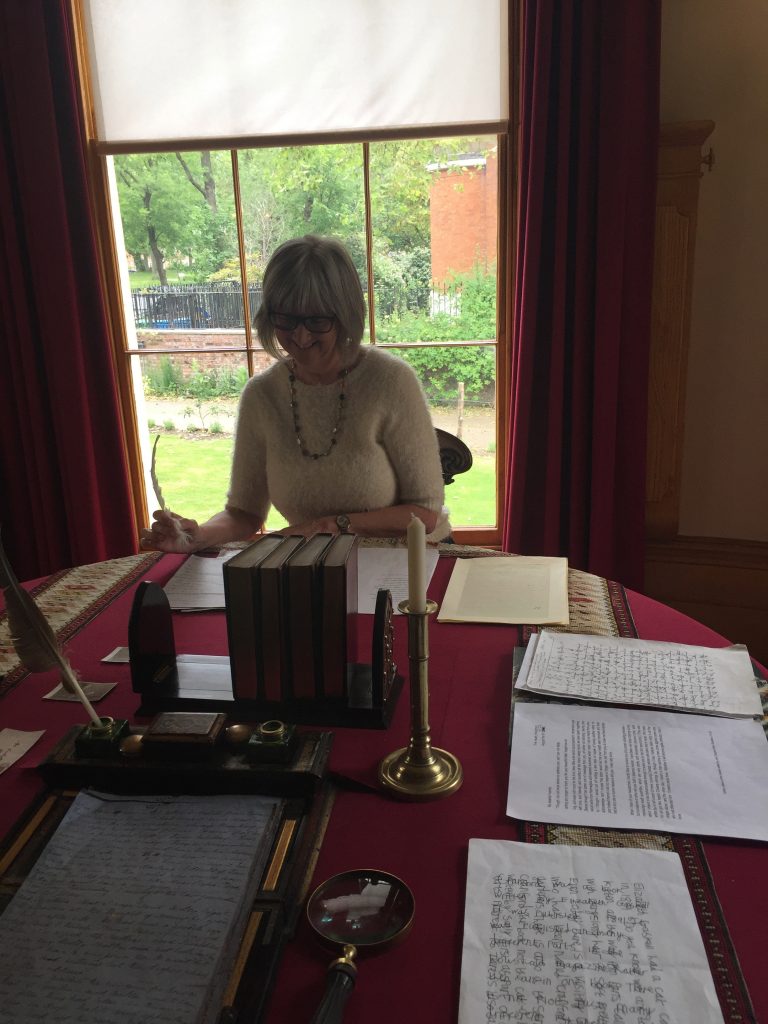
Mr Langshaw’s Square piano: Review published in the California Music Teacher magazine.
By Heather J Morris
Madeline Goold. First publ by Corvo 2008 in England. 2009 publ BlueBridge, 2009
Two chance encounters: my taking a short cut from the parking lot to Pacific Avenue. through Logos, a used book store in Santa Cruz and halfway across the world a woman’s search for a used harpsichord that took her to an auction where she purchased a square piano that had been abandoned long ago and subsequently used as a chicken coop. The story of this square piano and its restoration just happened to unfold less then twenty miles away from my hometown in northern England and the timing just happened to coincide with the beginnings of my own search for the first piano to reach California. Once purchased and installed in a barn on her property Goold becomes intent on her mission: restoring the piano. Finding a number engraved in copperplate numerals two centimeters high she was confident that she now had the serial number that would be a key to this very instrument’s history. With this in hand, and the nameboard ‘Broadwood and Sons, Piano makers to Her Majesty and the Princess, Great Putney Street, Golden Square, London 1807’ she finds a restorer, David Winston, who is willing to take on the project ‘if no one else had had a go at it.’ (p 23).John Broadwood’s son had visited Beethoven in Vienna and a year later he presented the composer with a six-octave grand piano (which is now in the Beethoven house in Bonn). With a tenacity worthy of Sherlock Holmes Goold digs out the dispatch record showing the date that this piano began its journey by boat and wagon from Broadwood’s yard in Great Putney Street to a Mr J. Langshaw, Organist, Lancaster. Langshaw was a man of means in what was then a major port – Lancaster in the northern county of Lancashire. Born in London he had studied with Charles and Samuel Wesley. Charles was the brother of John Wesley, the founder of the Methodist movement, and Charles today is remembered primarily for the over 6000 hymns he wrote. Goold took herself of to Lancaster, met up with a descendent of Langshaw.
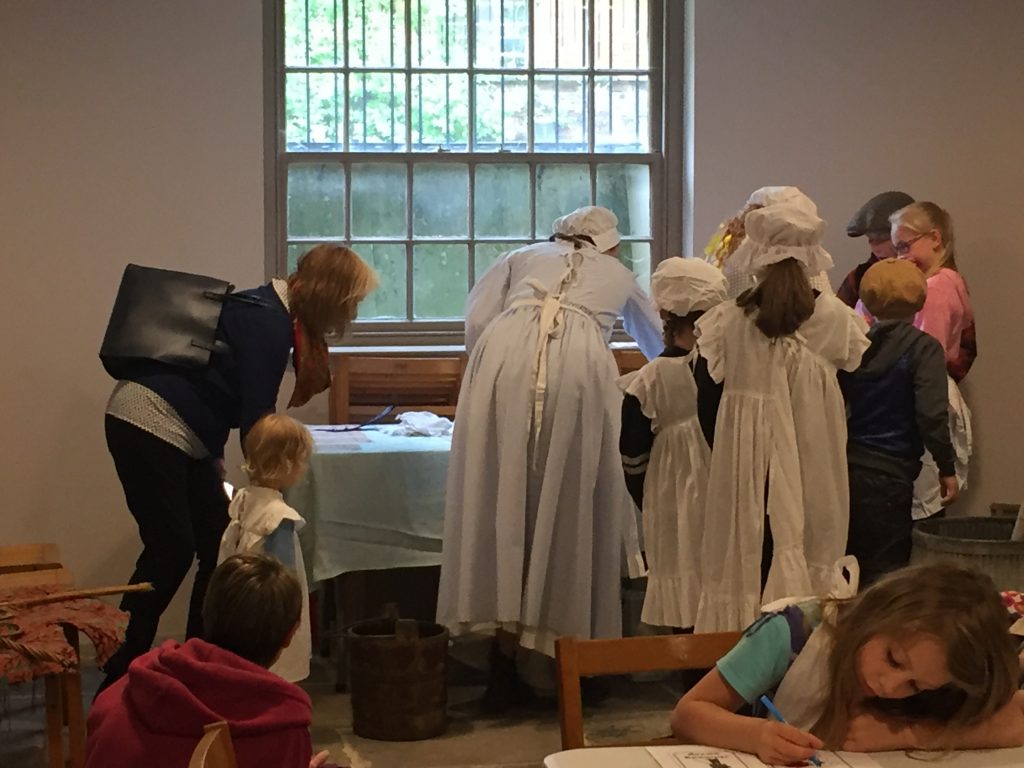
The book is both an entertaining and easily accessible study of the social structure of England at the turn of the nineteenth century, focusing on the Langshaw family, and a scholarly dissertation on keyboard makers of that period, a time when new inventions were being incorporated into the very fabric /structure of the piano. Great little place for a cake, coffee and a catch up. Lovely that it is a little bit tucked away, meaning you lose some of the hustle and bustle sometimes associated with Lancaster on a sunny day.The music room is now a self catering place owned and renovated by the Landtrust.
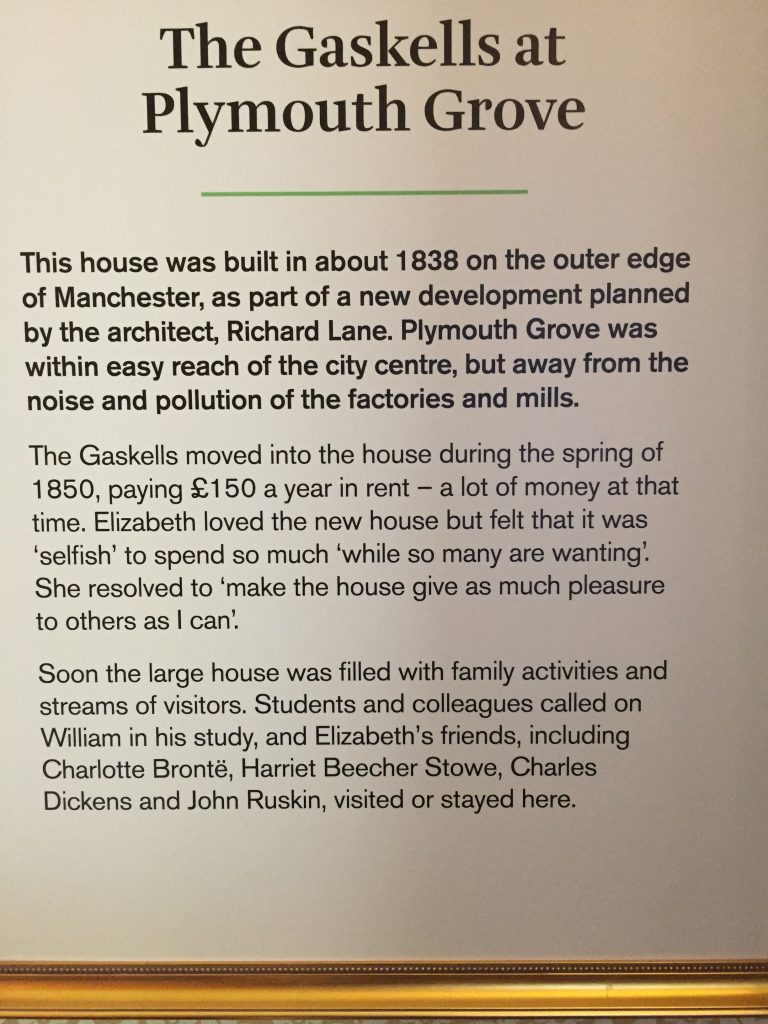
One of the Gaskell’s neighbors was Charles Halle and he came to the house to give piano lesson to the children, at one guinea per lesson, and outrageously high price for that date.
One photo in the house drew my particular attention. It shows Mr Gaskell with a very young Beatrix Potter. Now my first holiday I ever took was with my mum to the Lake District and we stayed at Youth Hostels. We visited Beatrix Potter’s house in Hawkshead. Somewhere, I think I have the drawing I did of her cottage. And I distinctly remember my mum saying that as a 20 something, at the height of her Youth Hostelling years she had visited the cottage and Beatrix Potter was there in her garden!
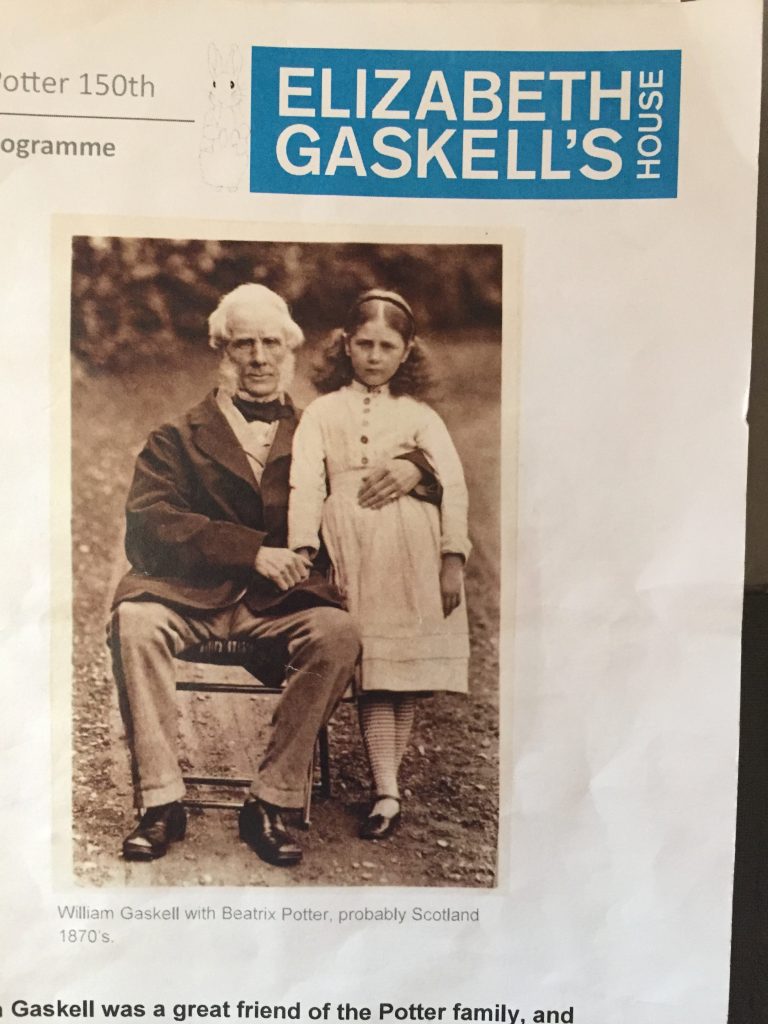
As I left the building, once known as the Pink House, but now restored to its original warm stone color, I sat in the garden and ate my picnic, watching as groups of school children excitedly entered the house, perhaps from a day care centre, this being half term. In the original servants’ quarters a groups of elementary children were dressed as servants and were being given tasks to do. What a wonderful learning experience.

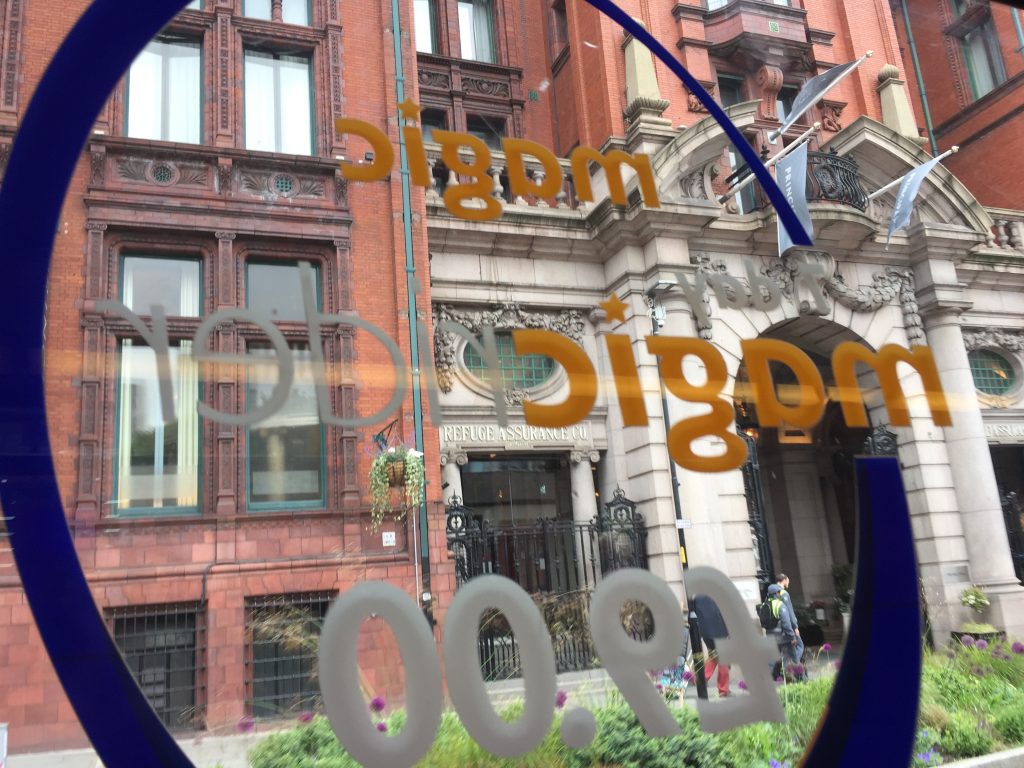
The Principal building from the inside of a Magic Bus 
So much new construction in Manchester
Leave a Reply